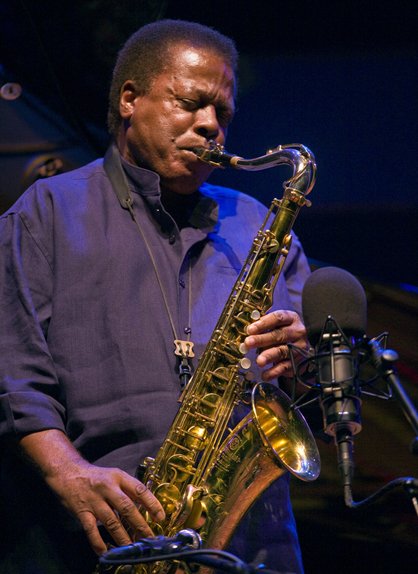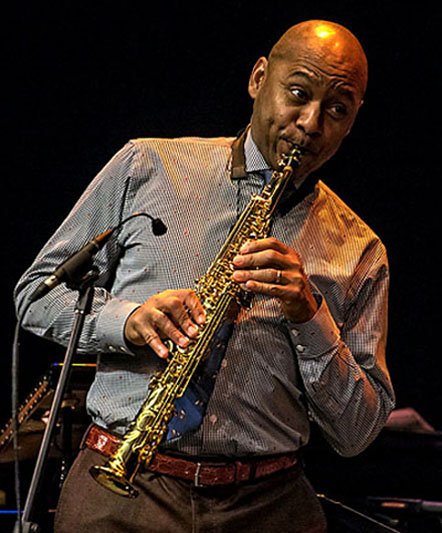Wayne Shorter (tenor sax), Herbie Hancock (piano), Reggie Workman (bass) and Joe Chambers (drums). From the album Adam’s Apple (1967).
Post-bop is a modern jazz style that continues to have the characteristics that separate jazz from pop and rock: swing rhythm and extended harmonies. It emerged from the hard bop style in the mid-1960s as musicians like Wayne Shorter and Herbie Hancock began to introduce abstract structures and looser rhythms into their compositions and performances. During the 1970s the post-bop was abandoned by its own proponents looking for the much more lucrative styles of jazz fusion and smooth jazz.

When this fashion began to disappear, musicians became tired of the limitations of pop and rock, and went back to work with sophisticated chords changes and jazz rhythms. Thus, in the early 1980s there was a return to post-bop and hard bop. The difference between them is that the latter has more blues influence and a more direct rhythm, but this is not always so clear. For example, much of the music by saxophonist Branford Marsalis is right between the two. As jazz continues to grow and develop, the worlds of modern fusion and post-bop have come closer, and some musicians are freely creating new hybrids.

This is the most stylistically adventurous track of all of the album. It’s fast and his sentences are complicated and broken. Shorter simply plays, since it’s not known where the theme ends and his solo begins. The interpretation of the group is in the avant-garde style, since each musician plays his own speech except Chambers, which maintains a certain cohesion in the composition. Shorter continues with his disjointed and disarticulated phrases without following any harmonic pattern until he stops giving way to Hancock performing without meaning and introducing dissonances. Next comes Workman playing freely without any restrictions and then Chambers arrives with a solid and repetitive drum solo. At the end Shorter returns and finish the tune with a short passage.
